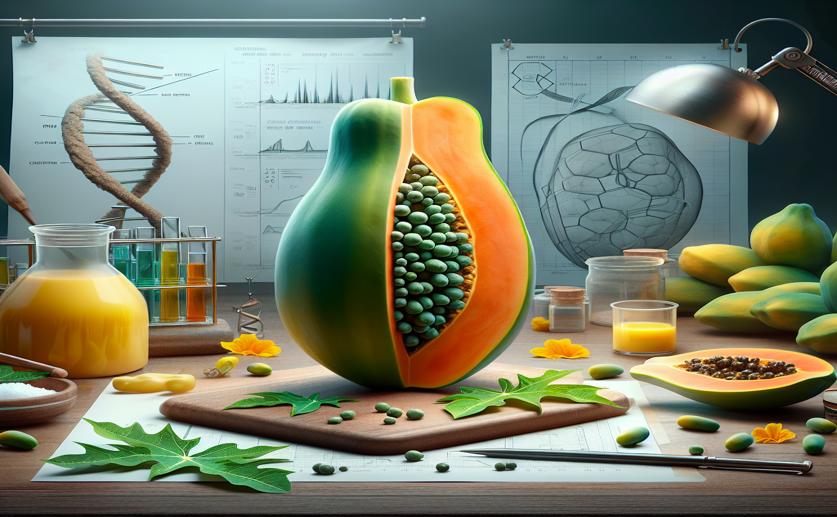
Uncovering Genes Involved in Papaya Ripening After Harvest
David Palenski
24th January, 2024

Image Source: Natural Science News, 2024
References
Main Study
1) Genome-wide identification of MAPK family in papaya (Carica papaya) and their involvement in fruit postharvest ripening.
Published 24th January, 2024
https://doi.org/10.1186/s12870-024-04742-0



 21st January, 2024 | Jenn Hoskins
21st January, 2024 | Jenn Hoskins